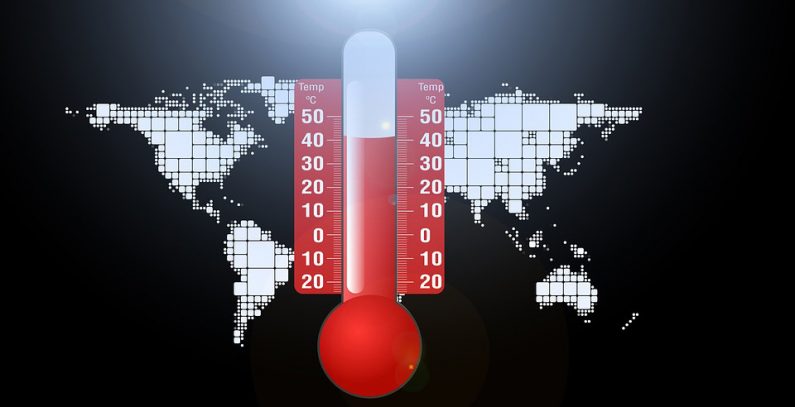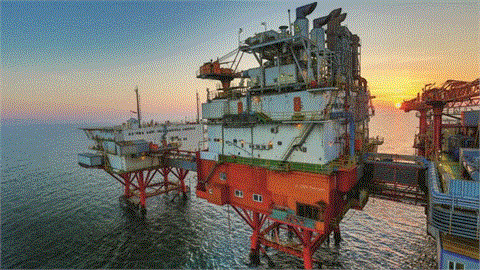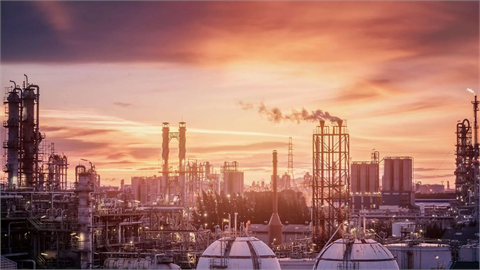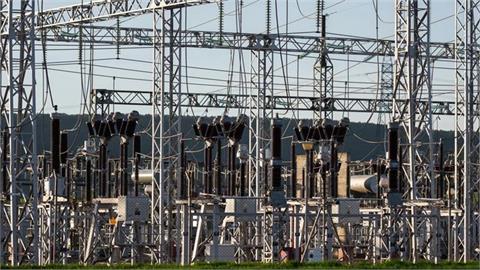Increasingly frequent floods, droughts, wildfires, and weather disasters that are no longer happening only “out there” come as no surprise to climatologists. All this was forecast decades ago, in reports whose clear conclusion is that the only way to steer
Author: Professor Vladimir Đurđević, PhD, the Faculty of Physics, University of Belgrade
Increasingly frequent floods, droughts, wildfires, and weather disasters that are no longer happening only "out there” come as no surprise to climatologists. All this was forecast decades ago, in reports whose clear conclusion is that the only way to steer a different course is to end fossil fuels – coal, oil, and natural gas – writes Vladimir Đurđević, PhD, a professor at the Faculty of Physics, University of Belgrade, in an op-ed for Balkan Green Energy News.
"Hey kids, are you ready for a wild ride?” This line from a popular Serbian movie surely rings a bell for local audiences. As someone whose job it is to read the results of climate analyses on a daily basis, and as someone who reads reports about weather disasters hitting all parts of the world, including Serbia, it seems to me it’s almost like planet Earth is asking this question of all of us.
In the past few weeks, many parts of the world have indeed been on a pretty "wild ride” – from Serbia and its capital Belgrade hit by floods; to Western Europe, India, and Alaska by heatwaves; Guadalajara, Mexico covered in 1.5 meters of ice after a hail storm; a new round of wildfires at a number of locations around the world; flooding in Russia; and weather disasters in Italy, Croatia, North Macedonia, and Greece. The reason for this extensive list, compiled in a very short period of time, is simple. Our planet’s climate has changed.
The average global temperature of our planet has increased by 1 degree Celsius since the mid-19th Century, marking a complete departure from the climate of the last 10,000 years. For climatologists, the fact that the average global temperature has risen so sharply over such a short period of time is as significant as media reports about the recent weather disasters. The speed of this change is something that does not compare to anything our planet went through for millions of years in the past.
However, this unnatural anomaly is completely understandable. After all, it was caused by human activities rather than natural processes, which simply do not have the capacity to cause such major amplitudes in a such a short period of time, nor have ever done in the past. Persistence in burning coal, oil, and gas for energy over the past 100 years or so, and the resulting uncontrolled CO2 emissions, the single biggest contributor to the greenhouse effect, in the end led to the expected consequences.
This heating, due to the pretty clear cause and effect, was forecast several decades ago, which is why climatologist are perhaps less perplexed by the unusual length of the list of meteorological disasters than others. However, can we really link the 1 degree C of global warming with all these weather and climate extremes?
Each element of climate in a certain area, apart from having a long-term average value characterizing the climate in question, varies over time within the relevant range. At the ends of the range are the extremes, which should occur rarely. However, even though rare, they are the ones resulting in troubling occurrences such as extremely high temperatures or excessive precipitation, which is why we pay them so much attention. A shift in the average value of an element, in this case the average global temperature, or the average temperature of a clime, changes the relevant range, often even before the average value changes itself. As a result, what was once an extreme temperature that occurred rarely now occurs with increasing frequency, creating conditions for temperatures that have never been observed before in a given location.
On the other hand, atmosphere that was warmed 1 degree C will bring about changes to precipitation, as for every 1 degree C in the atmosphere, there is 7% more moisture, so once precipitation is formed, we can expect it to be more intense.
Hence, extremes concerning precipitation can change even when the average values do not. For example, if climate change in an area is conducive to more intense droughts, including due to higher temperatures, the situation may change in that droughts become longer and rain, when it does fall, more intense, while the average precipitation remains unchanged, which is what we can see on the ground in Southeast Europe (SEE).
Finally, for an even "wilder and faster” ride, a warmer planet is also experiencing an accelerated loss of its polar ice caps, which serve as global air conditioning of sorts and regulate air circulation on our planet. Without going into details, in the situation with less ice on the poles, air masses will move differently, in ways favorable for the occurrence of extreme events. All this is not mere theory – it has been observed in recent years. It is estimated today that three in five heatwaves would not even occur had it not been for 1 degree C warming and that some, particularly intense heatwaves, such as those in Western Europe in 2003, Russia in 2010, and Eastern Europe in 2007, simply would not have been possible in the climate of the mid-20th Century.
On the other hand, the intensification of extreme precipitation has been observed in many parts of the world, even in arid climates. I will repeat one more time, only because it is important for the ending of this text, that what we are witnessing today concerning extreme events was clearly announced by many studies and reports over the past several decades and today, we are merely observing forecasts become reality. These reports also state that the only way to steer a different course is to end coal, oil, and gas, or we will face even "more extreme extremes.”
The Paris Agreement, adopted in 2015, calls for this shift to start as soon as possible and be completed by the mid-21st Century, in what would be a switch to 100% renewable energy sources. This call is not based on a hypothetical consideration of the existence or parallel universes and string theory, but on analyses that are not only grounded in real data, but are sometimes perhaps even conservative, yet demonstrating that this scenario is both technologically and economically feasible and cost-effective.
Failure to make the shift could result in the planet warming by another 4 degrees Cby the end of the century, which would make today’s extremes the average situation, while the future extremes would truly be far from what is today considered to be extreme. For this reason, viewing the two paths as a matter of choice is completely irrelevant for the future generations, as I cannot see anything other than the Paris option being a sensible solution when it comes to them. One should then not be surprised that teenagers today are on the frontline of the fight against climate change and are organizing planet-wide protests, including in Belgrade. I would use the opportunity to recall that the next major Fridays for Future school strike has been scheduled for September 20.
At the close, we should go back to the beginning. Is the planet really inviting us for a wild ride? I believe not. It appears I was wrong. It looks like we are the ones holding the steering wheel and stepping on the gas pedal of the bus in that movie, and that the decision on whether to take the ride or not is absolutely in our hands. I hope we will also see a decent new electric bus, with solar panels on the roof, parked next to us. And that it will have a maximum speed limit.
(read article by Balcan Green Energy News -https://balkangreenenergynews.com/the-climate-bus/ )




